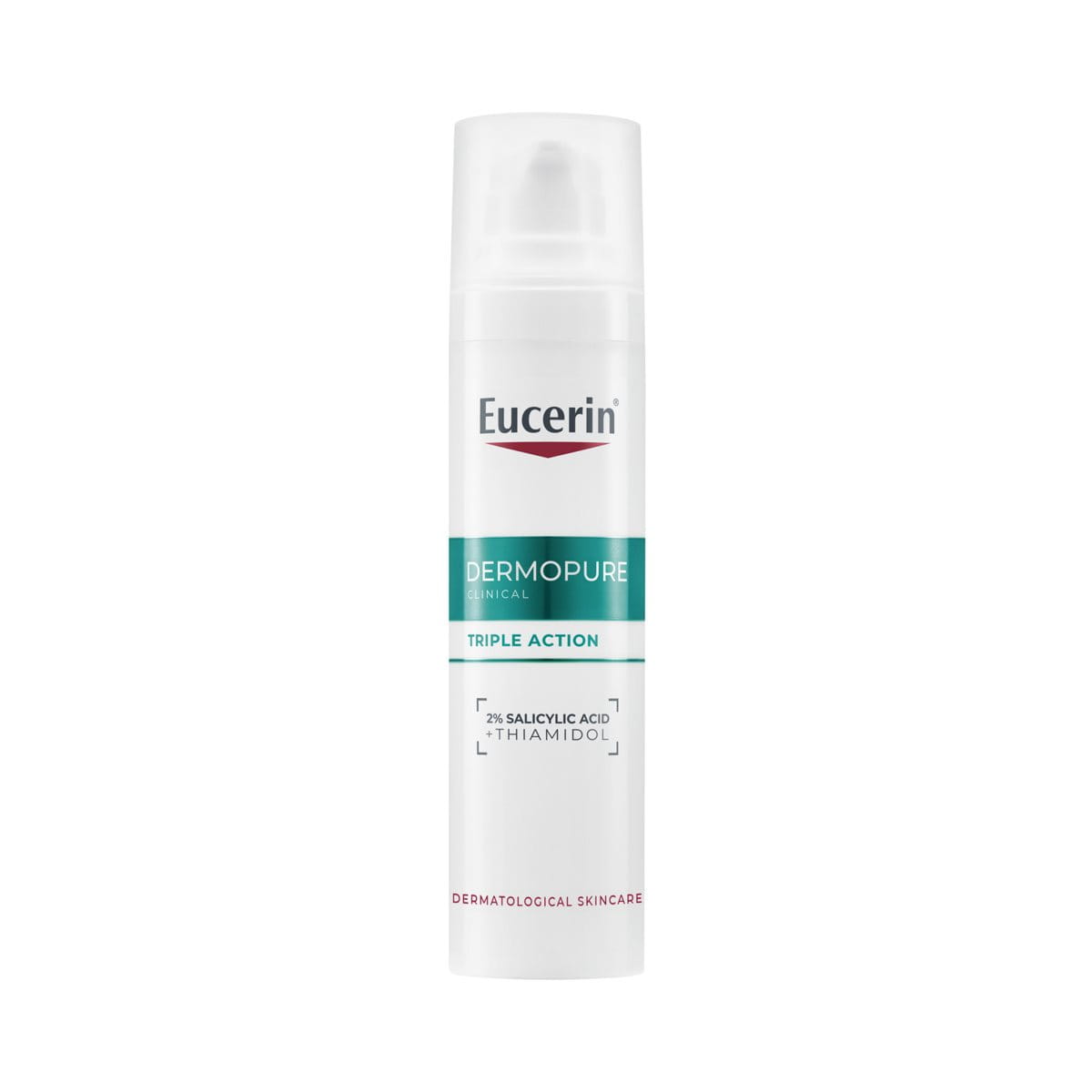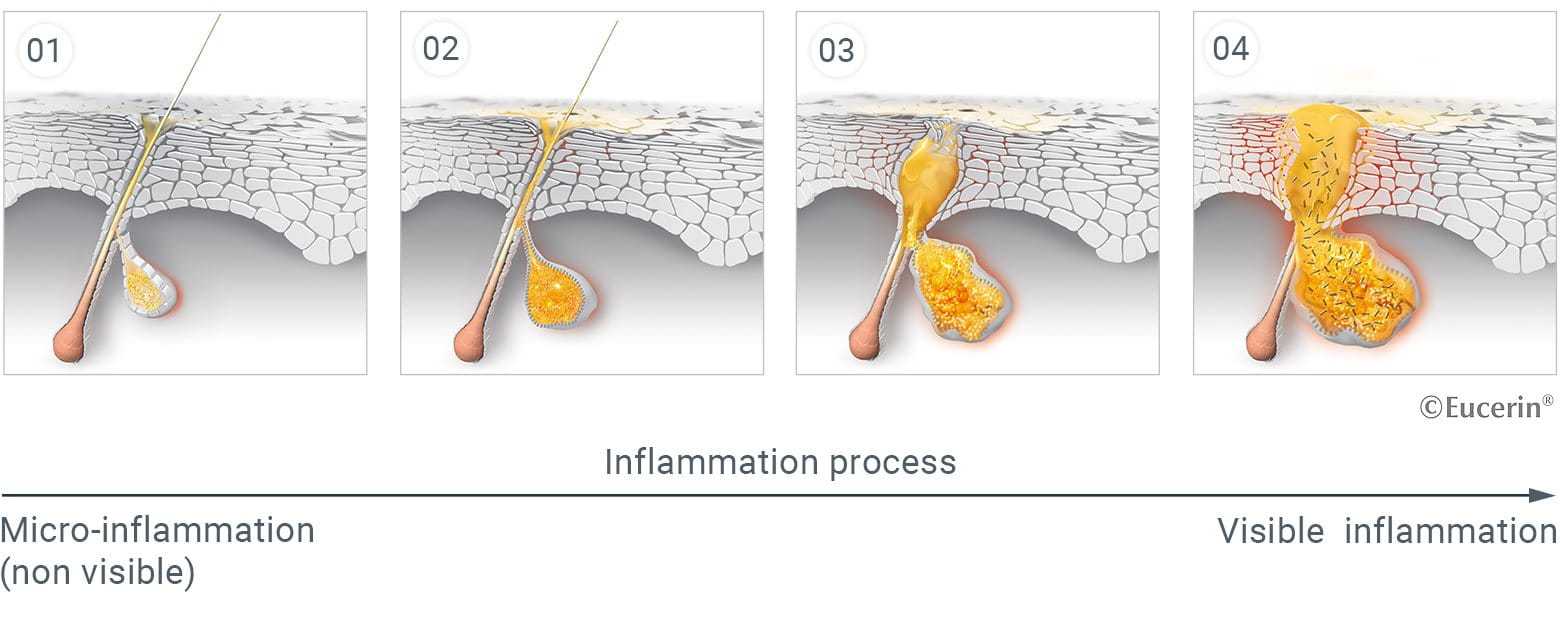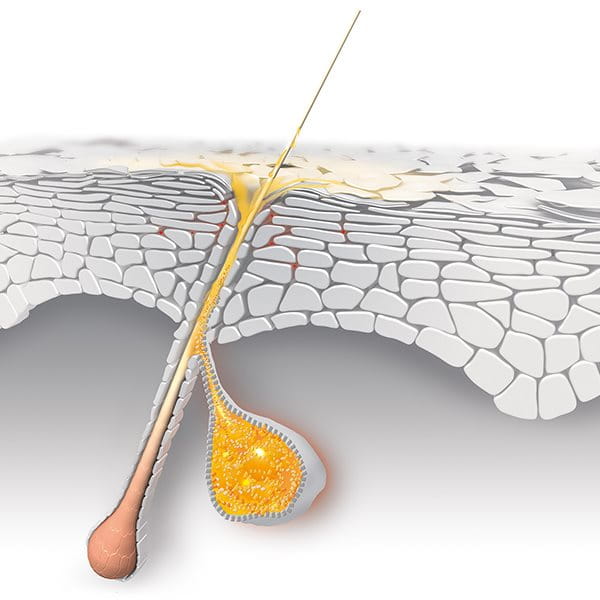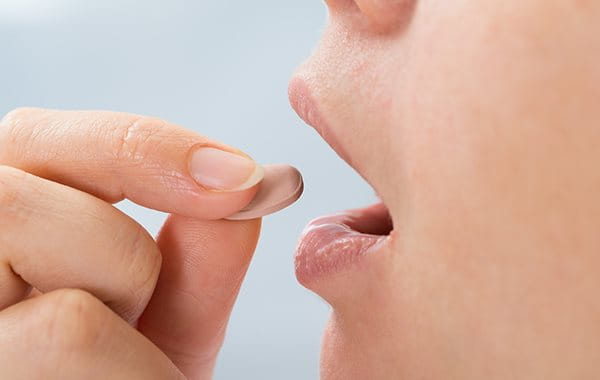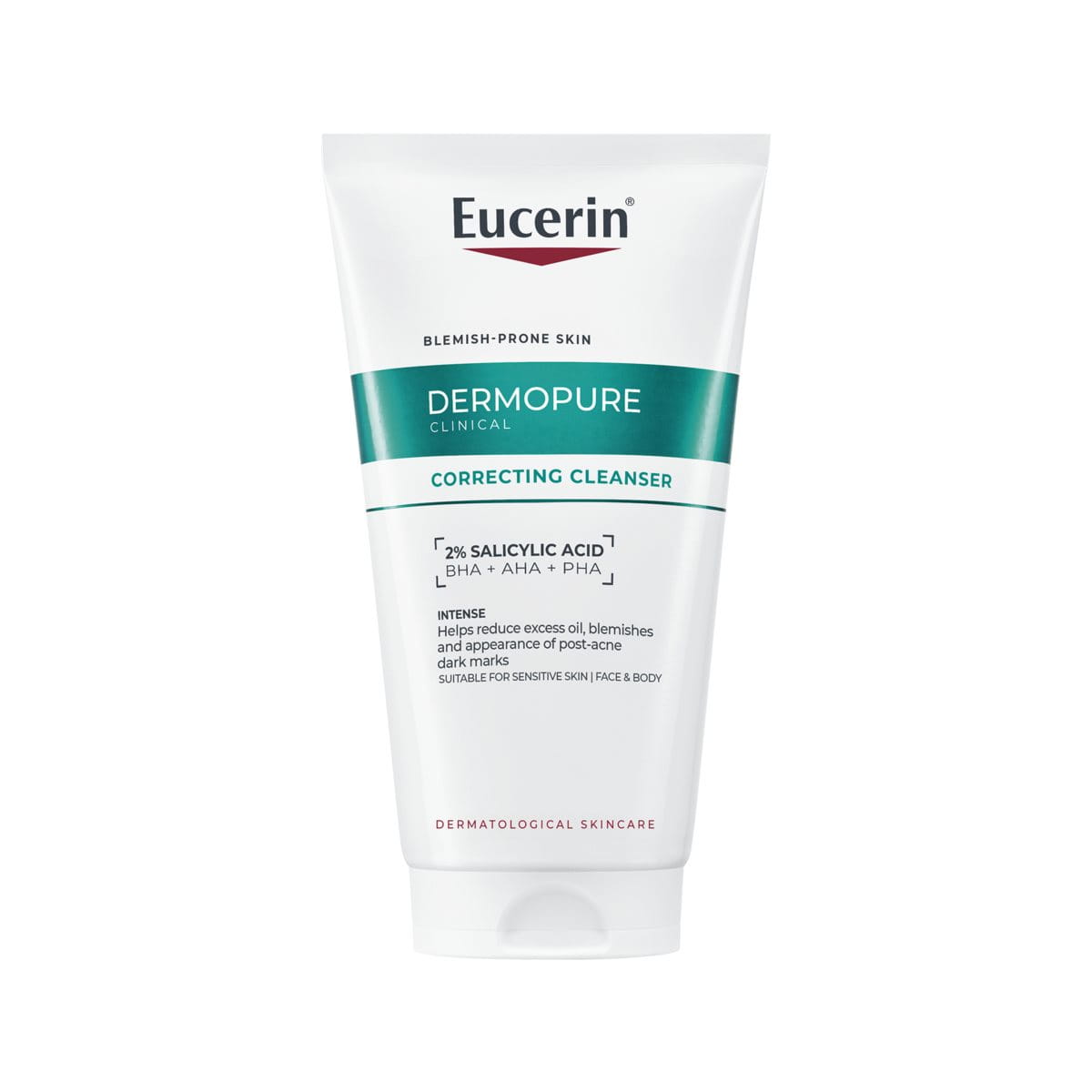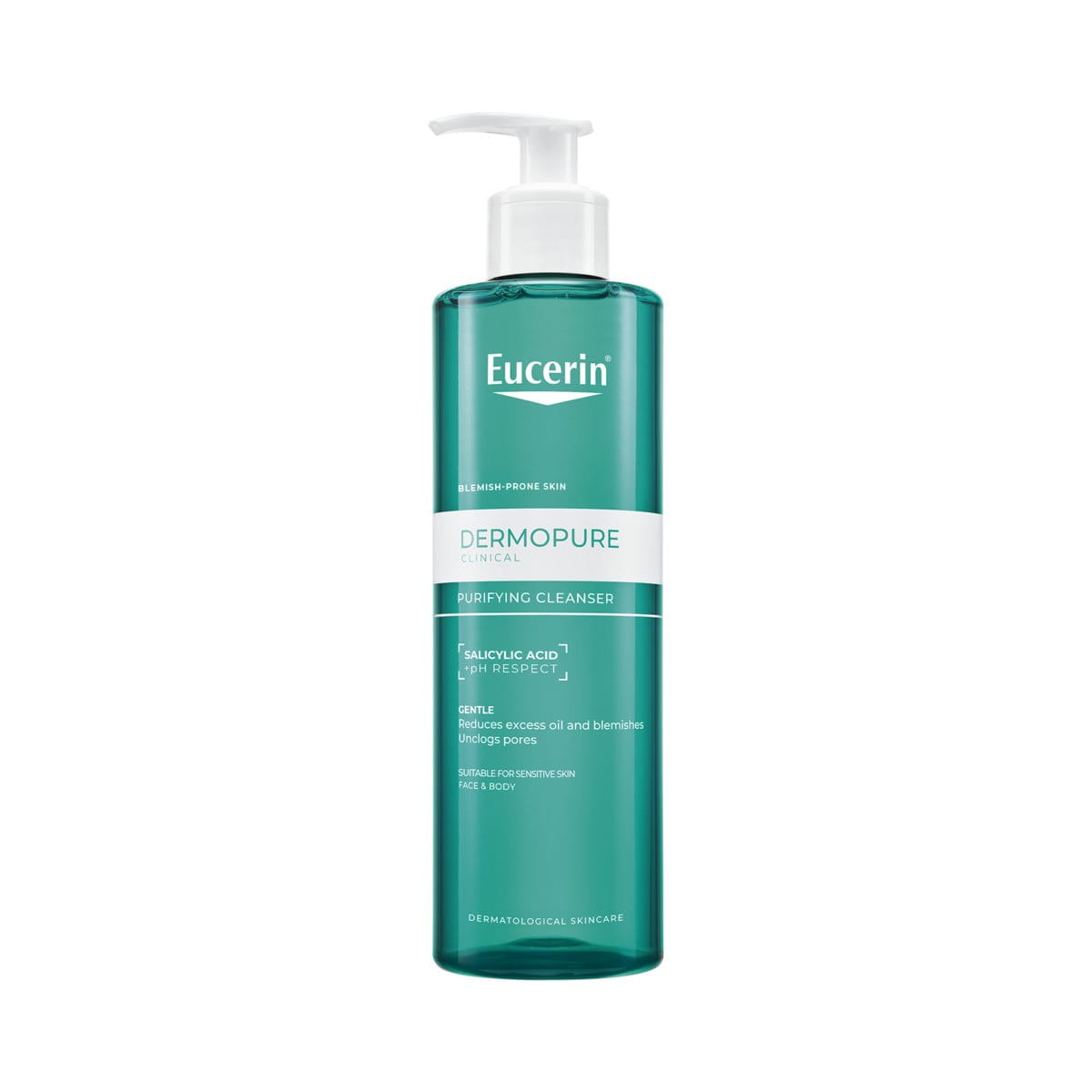Our skin is as individual as we are, so what works for one, may not work for another, but here are some steps you can take that might help your skin condition:
Diet
Nutritional science and common sense tell us that a healthy, balanced diet is the key to a healthy body and healthy skin, so try to enjoy a varied diet and keep a personal record (some dermatologists call this a 'skin diary') of anything you eat that you think may trigger blemishes and acne in your skin. If this doesn’t help them you may want to try an 'elimination diet'. The best way to do this is to eliminate the possible culprits (such as high G.I. and sugary foods and dairy products). Learn more in acne and diet.
Smoking
Give up smoking. If you can’t try, at least, to reduce your nicotine consumption.
Medication
If you think the medication you are taking is exacerbating your acne, consult your doctor. They may well be able to recommend an alternative.
Skincare
Cleanse skin in the morning and evening be sure to remove all make-up before you go to bed in at night.
Choose cleansers, moisturisers and treatment products that have been specially formulated for blemish-prone skin and acne. Use only products that are proven non-comedogenic (i.e. that do not cause acne) and, if you undergoing medical acne treatment, make sure you use products that are compatible with your therapy.
The Eucerin DERMOPURE CLINICAL range is proven to reduce blemishes, soothe irritation and prevent new blemishes from appearing and includes products that work alongside medical acne treatments. Find out more in the ideal skincare products and routine for blemish-prone skin.
Stress
Try and find a way to unwind. Exercise will help you to keep your body in good shape (and feel more in control too). You can find some tips for reducing stress here.
Rubbing
The best steps you can take to avoid friction acne are a) to take a shower as soon as possible after sport and b) to wear cotton rather than Lycra clothing whenever possible. Try also to keep your hands away from your face and clean your mobile phone, pillow cases and towels regularly to keep bacteria to a minimum.
Sunshine
Enjoy the sunshine in moderation. Avoid peak hours, and protect your skin with an appropriate product such as Eucerin Oil Control Sun Gel-Cream Dry Touch SPF50+.
Only by continually trying things out over a matter of weeks can you find out which of the various influencing factors are specifically relevant to you and can improve your skin condition. But, if symptoms persist and are bothering you, don’t forget that there‘s a wide range of medical options available to help. Consult your doctor for advice on the best treatment options for your skin.

